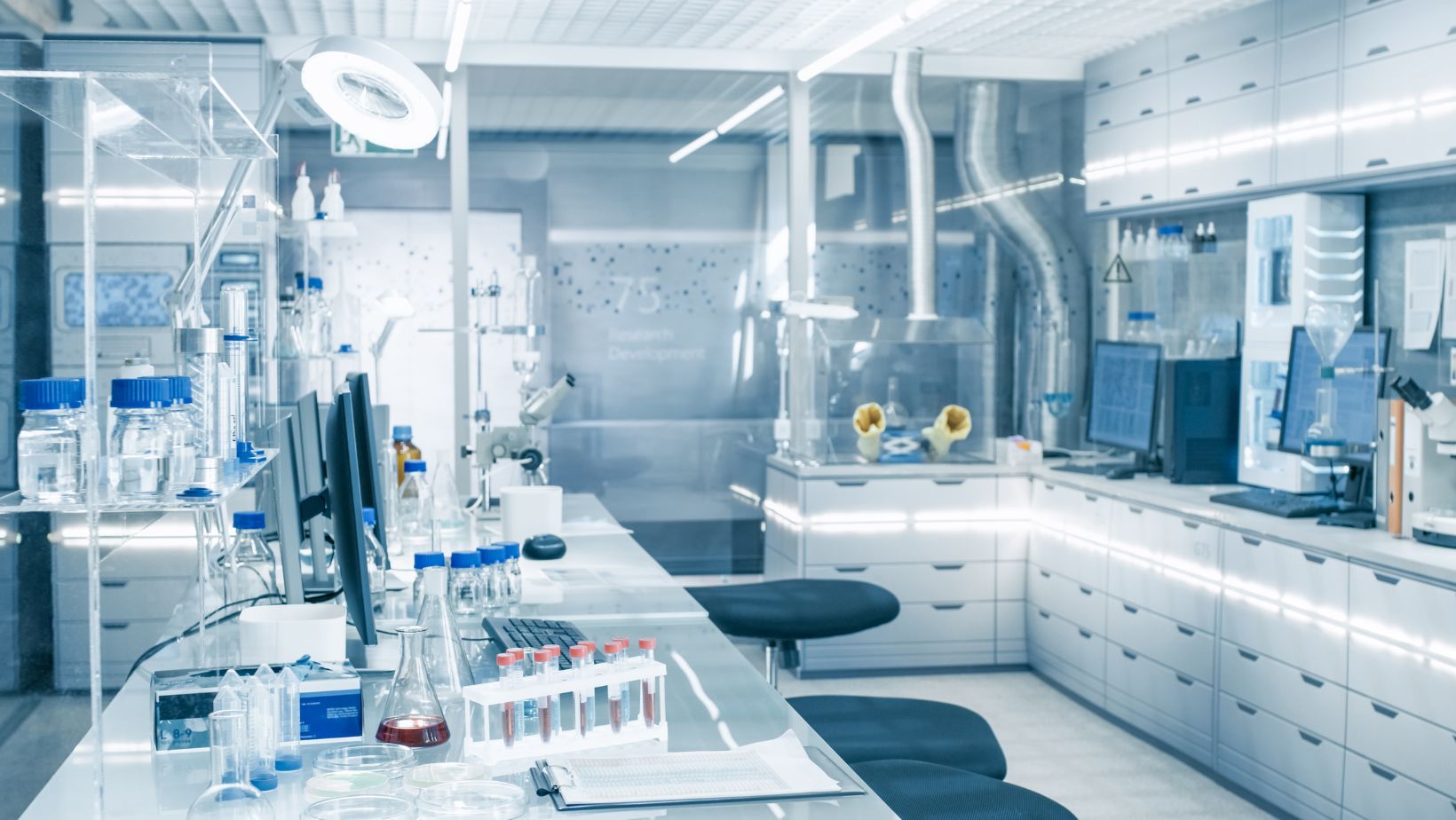Looking into the future, the market for laboratory equipment is expected to grow significantly, reaching an estimated $39.64 billion by 2032. This growth highlights a continuous advancement in laboratory technology, revolutionizing scientific research and medical diagnostics. Innovations in this area are improving the precision, speed, and efficiency of experimental procedures and enhancing our understanding of intricate biological systems and diseases.
As these technologies develop, they pave the way for a future where scientific research and healthcare diagnostics are increasingly sophisticated, accurate, and efficient. This progress holds the potential for remarkable discoveries and advancements across various scientific fields.
Next-Generation Cell Sorter Technology
Advanced laboratory technology is at the forefront with the latest in cell sorter tools. These innovations are transforming how labs analyze and separate cells by automating tasks, improving accuracy, and handling large sample sizes quickly.
In fields such as oncology, immunology, and pharmacology, researchers depend on these cutting-edge tools. They speed up the process of studying cells, allowing scientists to gain precise insights faster. This progress promises more precise and efficient treatments in the future.
Artificial Intelligence and Machine Learning in Labs
AI and machine learning are now essential tools in laboratories, transforming how we handle scientific work. They predict outcomes, analyze trends in data, and manage large amounts of scientific information effectively.
These technologies facilitate quicker insights into experimental outcomes and enable more precise analysis of data trends. Their implementation in labs enhances efficiency by automating tasks and providing advanced analytics capabilities. Overall, AI and machine learning are pivotal in modernizing scientific research practices and driving innovation in laboratory environments.
Virtual and Augmented Reality in Laboratory Training and Procedures
Virtual and augmented reality (VR and AR) are revolutionizing how laboratory training and procedural guidance are conducted. By incorporating VR and AR, labs can replicate intricate procedures, offering researchers and technicians practical experience without real-world risks.
This technology allows for three-dimensional visualization of molecular structures and lab operations, providing an immersive learning environment that improves comprehension and memory retention. Moreover, AR can provide real-time overlay instructions during lab tasks, minimizing mistakes and boosting productivity. These advancements not only transform educational approaches but also enhance the accuracy of experimental processes.
Lab-on-a-Chip Devices
Advancements in miniaturized lab devices represent a major leap in laboratory technology. These compact devices integrate several laboratory processes into one small chip, sometimes only a few square centimeters in size.

These devices are especially groundbreaking for immediate diagnostic tests at the care site, enabling quick medical evaluations with minimal sample or reagent volumes. Their small size and high efficiency make these devices critical resources in both well-equipped and resource-poor areas, broadening the availability of crucial diagnostic services.
Robotics and Automation
Robotics now plays a crucial role in automating routine tasks in laboratories. These systems manage everything from preparing samples to conducting intricate tests, cutting down on human mistakes and boosting productivity.
Continual progress in robotics not only boosts how well labs operate but also enhances safety by limiting direct human exposure to dangerous materials. As robotic technology advances further, it’s poised to introduce even more advanced automation solutions that will reshape how labs function.
Advanced Imaging Technologies
Developments in imaging technology are constantly enhancing our ability to observe biological activity in fine detail, from cells to molecules. Techniques that provide high-resolution views and allow real-time monitoring are deepening our knowledge of how diseases operate on the smallest scales.

Such sophisticated imaging instruments are invaluable for scientists seeking to delve deeper into the intricacies of cell behavior and molecule interactions, knowledge that is key to creating innovative medical treatments.
Sustainability in Laboratory Practices
The emphasis on sustainability is reshaping how labs operate globally. Many are transitioning to using devices that consume less power and implementing improved methods to dispose of and recycle waste.
By prioritizing eco-friendly measures, laboratories are contributing to environmental protection while also cutting down on their running expenses. This transformation supports worldwide ecological objectives and establishes a benchmark for conducting scientific research responsibly.
Final Thoughts
The upcoming changes in laboratory technology are poised to be both thrilling and revolutionary, introducing innovations that will greatly improve both scientific research and healthcare. Innovations such as automated cell sorting and the creation of streamlined, powerful diagnostic tools are preparing for a smarter, more effective, and potentially more environmentally friendly scientific landscape.
As these developments progress, scientists, healthcare professionals, and policymakers need to keep abreast of these changes and reflect on their wider impacts.


